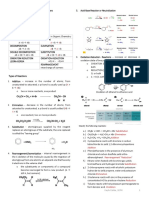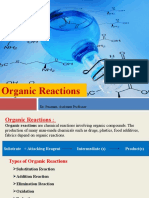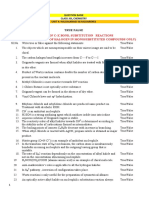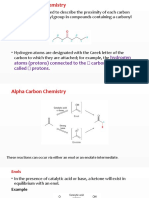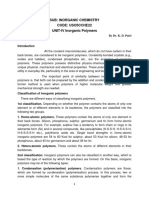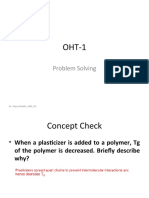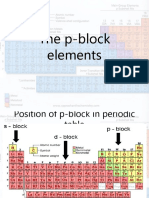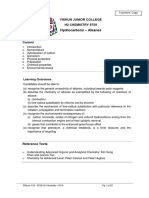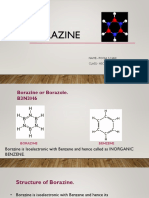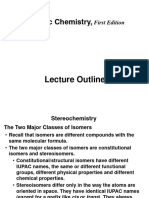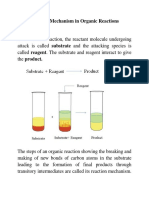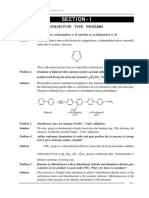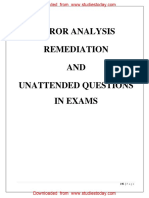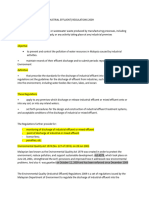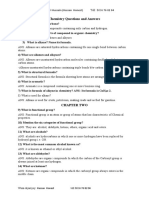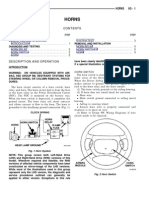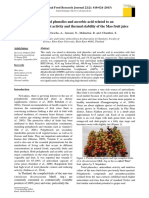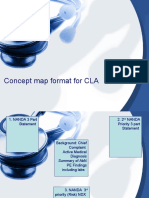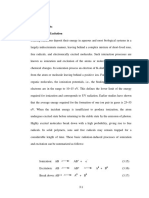0% found this document useful (0 votes)
998 views11 pagesChapter Notes
1. Polymers are macromolecules formed by the joining of repeating structural units called monomers.
2. There are two main types of polymerization - addition polymerization where monomers add together through double or triple bonds, and condensation polymerization which forms polymers through a condensation reaction between monomers.
3. Important polymers discussed include polyethylene, nylon, polyester, bakelite, and natural and synthetic rubbers. Each has distinct monomeric units and uses based on their material properties.
Uploaded by
Mohit sagarCopyright
© © All Rights Reserved
We take content rights seriously. If you suspect this is your content, claim it here.
Available Formats
Download as PDF, TXT or read online on Scribd
0% found this document useful (0 votes)
998 views11 pagesChapter Notes
1. Polymers are macromolecules formed by the joining of repeating structural units called monomers.
2. There are two main types of polymerization - addition polymerization where monomers add together through double or triple bonds, and condensation polymerization which forms polymers through a condensation reaction between monomers.
3. Important polymers discussed include polyethylene, nylon, polyester, bakelite, and natural and synthetic rubbers. Each has distinct monomeric units and uses based on their material properties.
Uploaded by
Mohit sagarCopyright
© © All Rights Reserved
We take content rights seriously. If you suspect this is your content, claim it here.
Available Formats
Download as PDF, TXT or read online on Scribd
/ 11






